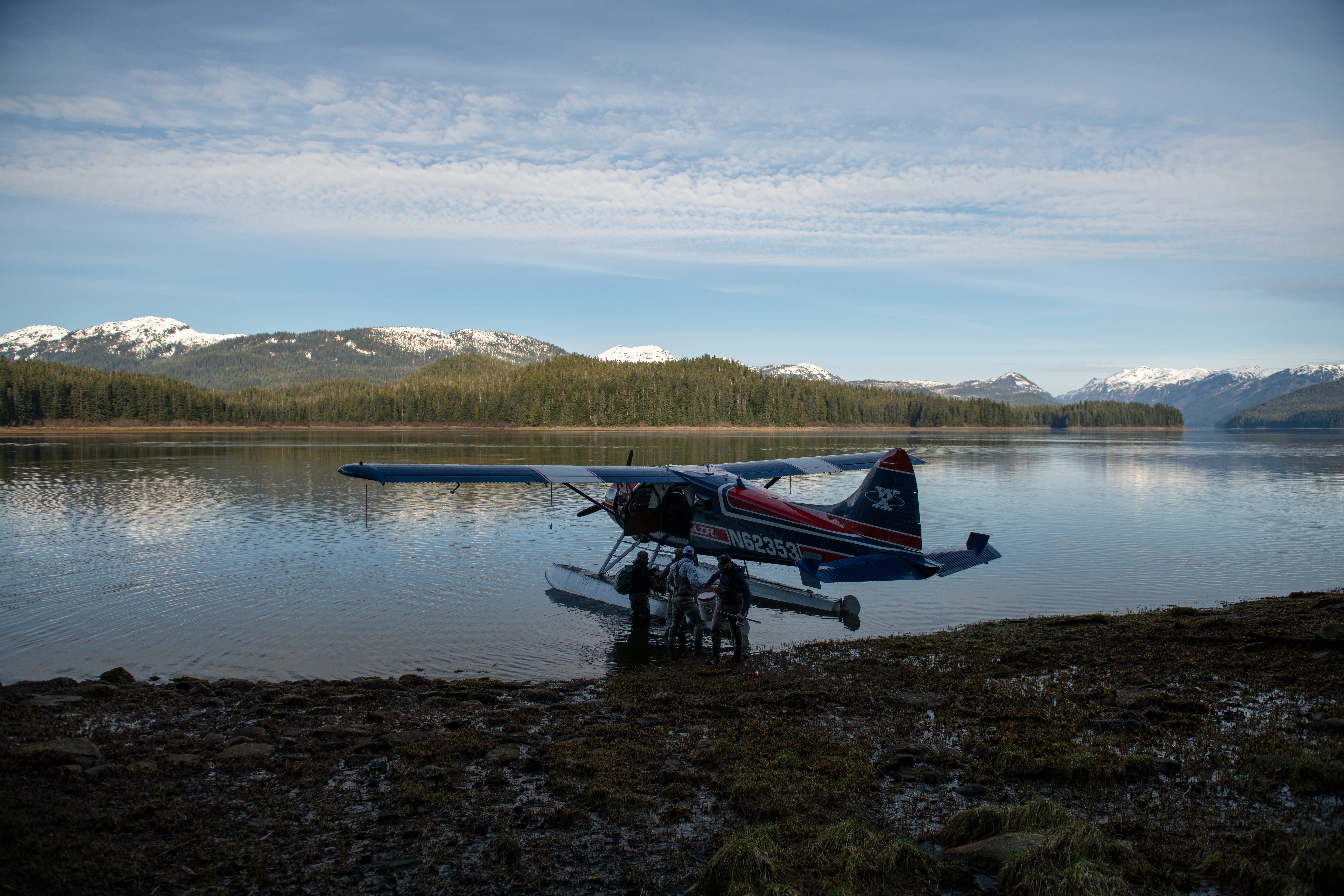On this Public Lands Day and National Hunting and Fishing Day, join Trout Unlimited in celebrating our shared public lands and sporting heritage while standing up for the places you fish and hunt.
The state of public lands has been at the forefront of many Americans’ minds this summer. The places we go to fish, hunt and recreate face several threats that not only put our country’s great system of public lands at risk but also have the potential to harm the sporting and recreation traditions many of us cherish.
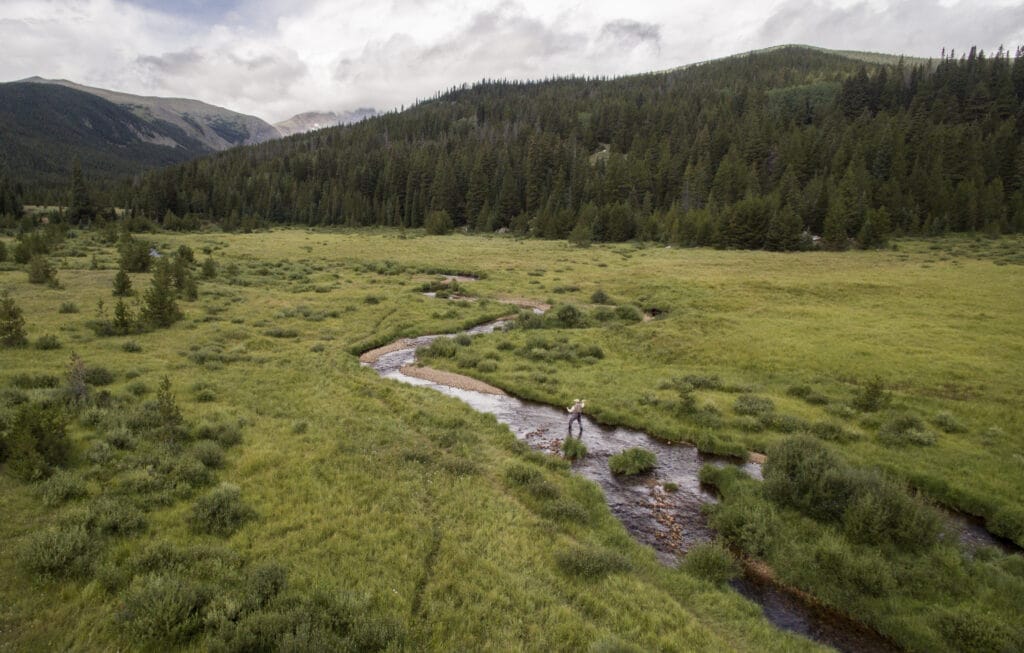
Public lands have high value
America is home to 640 million acres of public land, including some of the best habitat for trout and salmon in the world. For many people in the United States, public lands are a fact of life. Seventy-two percent of sportsmen and sportswomen in the West rely on public lands for hunting and outdoor recreation, which is a major economic force for the U.S, generating $1.2 trillion in economic output and supporting five million jobs in 2023.
Public lands are places where families hike, float and camp; where hunters stalk big game and anglers pursue wild trout; where veterans can find solace in the outdoors. They also provide clean drinking water for communities, forests that store carbon, grazing pasture for ranchers and raw materials—timber, oil and gas and minerals—that help fuel the nation’s economy.
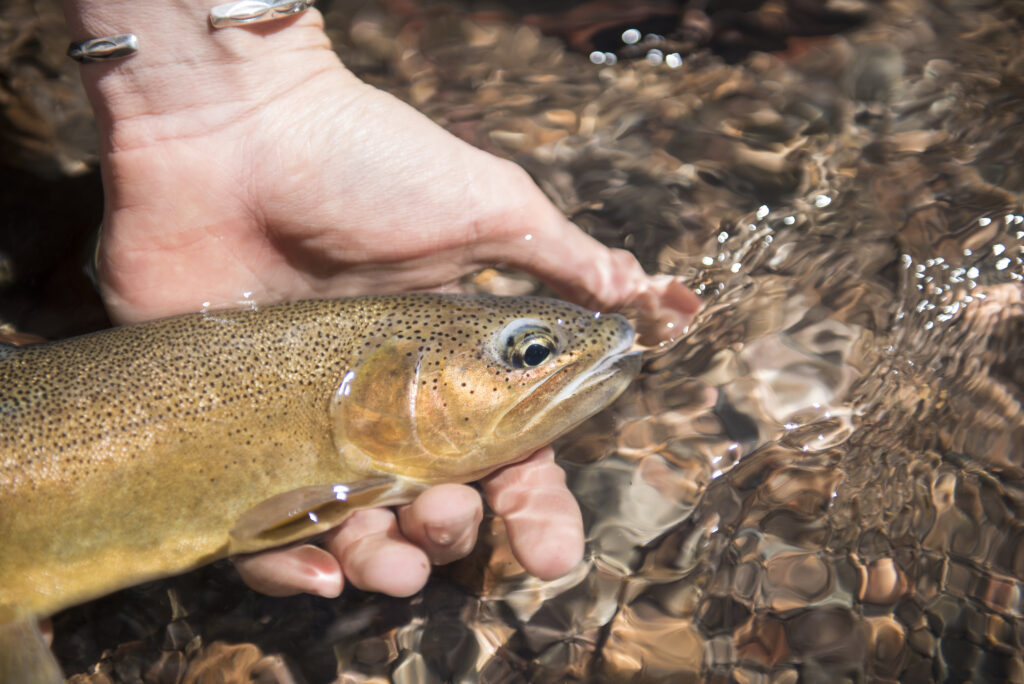
Here are some of the most pressing issues affecting public lands and how you can help ensure our shared public lands stay in public hands and remain accessible for all Americans:
1. Public land sell offs:
Earlier this summer, efforts to sell public lands through the congressional budget reconciliation process were defeated when Americans from all walks of life spoke up against the proposals. Despite that win, it is important for hunters and anglers to remain vigilant. Bureau of Land Management (BLM) resource management plans (RMPs) in 17 Western states identify just over six million acres of public land marked eligible for potential sale.
2. Repealing the Roadless Rule and other important conservation regulations:
Federal agencies are in the process of rescinding two of our most important public land conservation rules: the 2001 Roadless Area Conservation Rule that protects 45 million acres of backcountry “roadless” areas on national forests across the country and the Public Lands Rule which directs the BLM to promote ecosystem resilience on public lands and waters. Without these important regulations, trout and salmon habitat as well as recreation values could be put at risk.
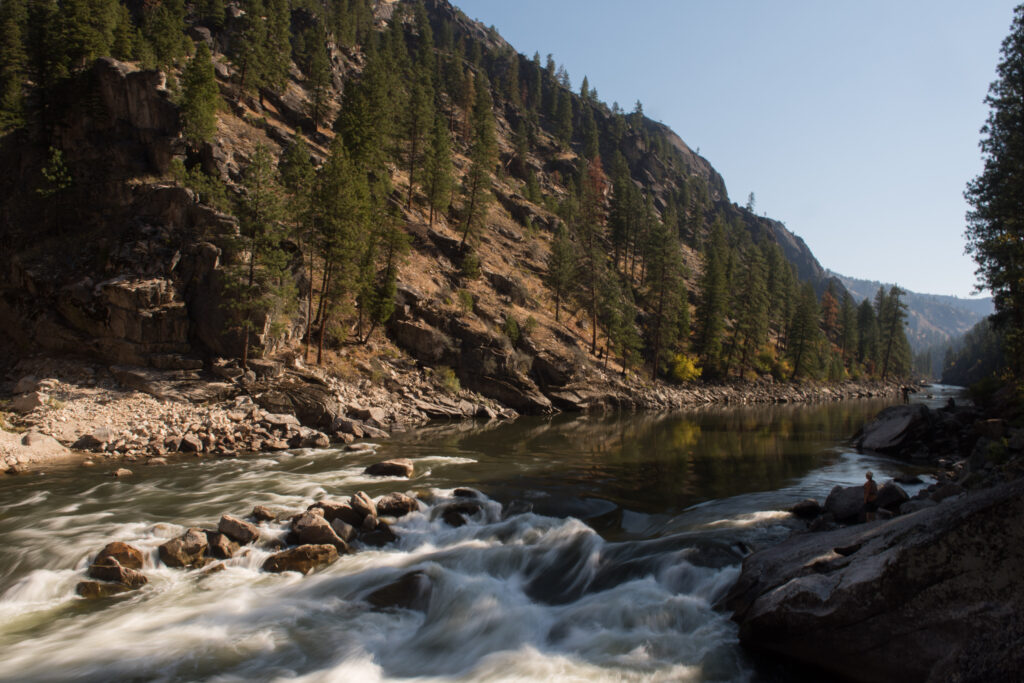
3. Defunding public land agencies:
Trout Unlimited partners with many federal natural resource agencies—including the U.S. Forest Service, National Oceanic and Atmospheric Administration, U.S. Fish and Wildlife Service, and the BLM—on conservation projects across the nation that restore impacted habitat, protect from threats from natural disasters like wildfire and flooding, promote public safety and improved access, and create thousands of jobs for local contractors. Reductions in funding and staffing for these federal agencies have made it harder for them to adequately manage our public lands and complete on-the-ground projects that address drought, wildfire and flood risks, support small businesses and create family-wage jobs, many of them in rural communities.
4. Shrinking national monuments:
Some of the best fishing and hunting opportunities in the United States are found in BLM and USFS managed national monuments. Places like the Baaj Nwaavjo I’tah Kukveni – Ancestral Footprints of the Grand Canyon National Monument in Arizona, Sáttítla Highlands National Monument in northern California, and Browns Canyon National Monument in Colorado provide irreplaceable fish and wildlife habitat while remaining multiple use. These monuments, and others, are at risk of losing protections due to an ongoing review of potential for mining and oil and gas production that could lead to shrinking of monument boundaries. These revisions would pose a serious threat to the fish and wildlife values and hunting and angling opportunities conserved by these monuments.
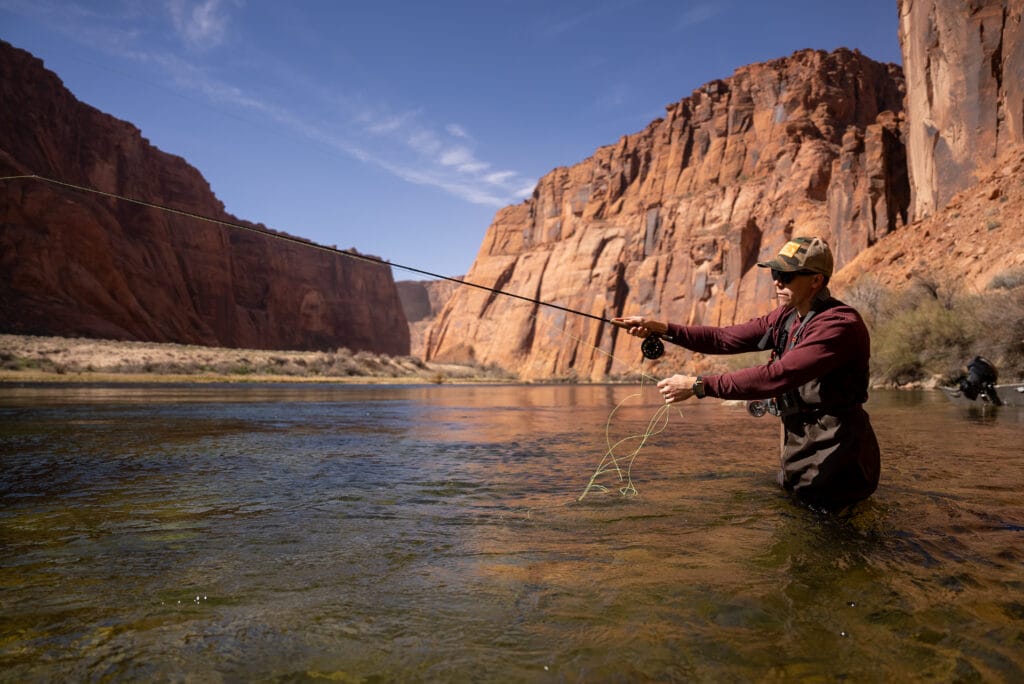
5. Weakening the Land and Water Conservation Fund (LWCF):
LWCF was established by Congress with the purpose of preserving, developing and assuring access to outdoor recreation resources. In 2020, President Donald Trump signed the bipartisan Great American Outdoors Act and provided permanent, dedicated funding for LWCF. The legislation requires $900 million in mandatory spending each year to increase outdoor access, not with taxpayer dollars but rather receipts from offshore oil and gas royalties. However, a recent secretarial order undermines LWCF by deprioritizing funding for BLM projects. That means LWCF dollars would be steered away from projects that involve the Department of the Interior’s preeminent public land management agency, with a multiple-use mandate that benefits hunting and angling opportunities.
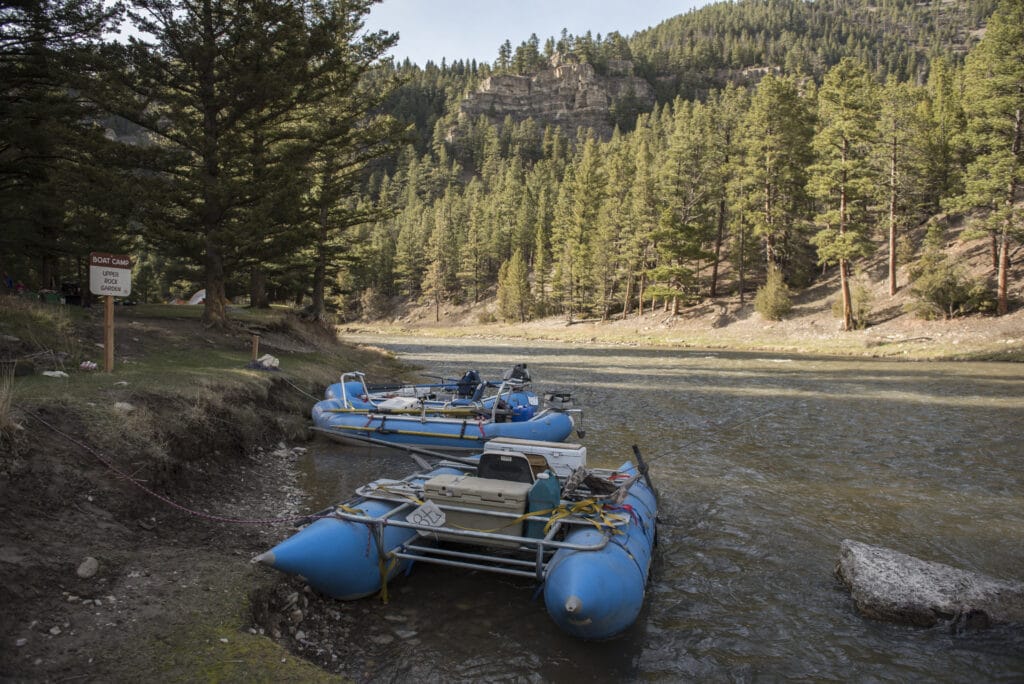
6. Oil and gas impacts on native fish:
The same budget reconciliation bill that threatened to sell millions of acres of public lands significantly reshaped federal oil and gas leasing—and raises serious concerns for native and wild fish and public lands. The bill mandates oil and gas lease sales in all major producing states, including in regions rich with angling and hunting opportunities. Another concerning shift is the re-instatement of non-competitive leasing and the elimination of the lease nomination fee. These changes undermine fiscal responsibility, invite speculative leasing, and threaten the ecological integrity of public lands—especially coldwater ecosystems vital to native and wild fish.
Your voice matters
The threats to public lands and sporting opportunity are bigger than ever, but we cannot underestimate the power of anglers and hunters speaking up for places they fish, hunt and recreate. This was on display earlier this summer when millions of acres of public lands throughout the West were on the auction block, and anglers, hunters, and public land users of all kinds came together to defeat one of the biggest threats to public lands we’ve ever seen.
We must stay vigilant in the fight to keep public lands public and continue to let our decision-makers know that outdoor recreationists from all walks of life are paying attention. Public lands represent the best parts of our country—let’s keep them that way.
Stay tuned for more information on threats to public lands and sporting opportunity as Trout Unlimited covers each of these issues throughout the fall fishing and hunting season.



